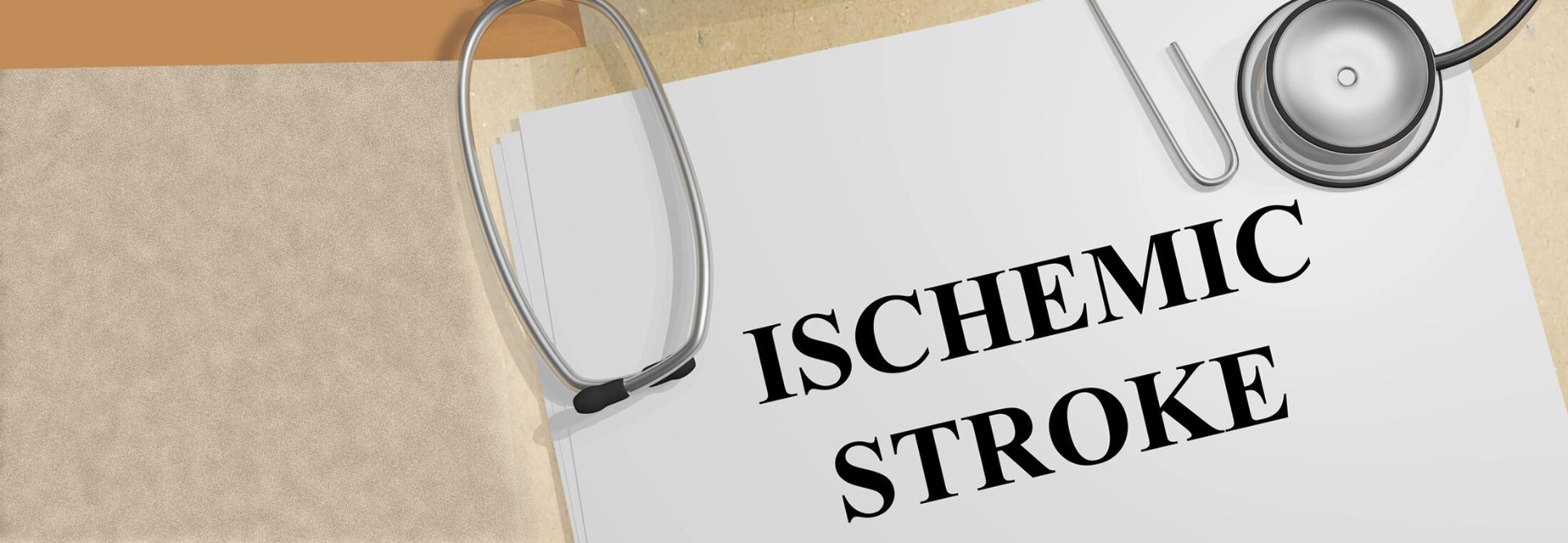

ROS Detection Ischemic Stroke
Apoptosis and Oxidative Stress in Ischemic Stroke
In healthy individuals, the flow of blood from the heart and lungs carries necessary nutrients and oxygen to the brain. Sometimes, an obstruction in a blood vessel that supplies this flow of blood can prevent the brain from receiving these vital components and minimize the removal of carbon dioxide and cellular waste from the brain. In this situation, neurons can have difficulty producing sufficient energy and eventually die. This obstruction is typical of an ischemic stroke and is often caused by fatty deposits in vessel walls, an underlying condition known as atherosclerosis.
Other significant risk factors of ischemic stroke include:
- Abdominal obesity
- Hypertension
- Physical inactivity
- Poor diet
- Smoking history account for 80%
Targeting the Ischemic Cascade
Due to the risk of cerebral hemorrhaging, current reperfusion treatment for ischemic stroke consisting of recombinant tissue plasminogen activator (rt-PA) proves challenging in a large subset of stroke patients. In a study by Ord et al. in the Journal of Cerebral Blood Flow & Metabolism, researchers examined the utility of targeting the ischemic cascade with c-jun N-terminal kinase (JNK) inhibition and neuroglobin (Ngb) upregulation for the purpose of protecting neurons following ischemic stroke. The study chose neuroglobin because it has been shown, after overexpression, to mediate neuroprotection.
Essentially, researchers targeted apoptosis and oxidative stress, two key biological pathways that play a role in the pathogenesis of stroke. The animal model in this study consisted of hypertensive stroke-prone rats.
Oxidative stress is a driving factor behind numerous diseases, including cardiovascular disease and stroke. Methods for attenuating the effect of oxidation is crucial for reducing both the risk for and long-term complications of disease.
Electron Paramagnetic Resonance (EPR)
A Bruker X-band EPR spectrometer was used to identify reactive oxygen species using spin probe 1-hydroxy-3-carboxy-2,2,5,5-tetramethylpyrrolidine (CPH). An EPR spectrometer by Bruker using the spin trapping technique offers the ability to detect short-lived free radicals in a sample. Using Krebs buffer and 1mmol/L CPH, cells were incubated in situ for a total of 60 minutes for the final hour of the 24-hour period of reoxygenation.
Combined lentivirus-mediated Ngb overexpression was shown to reduce oxidative stress as well as apoptosis significantly in vitro compared to monotherapy after reoxygenation/hypoxia in B50 cells. Infarct volume was also reduced by both JNK inhibition and CAVNgb. The researchers used a 32-point neurologic score to measure the neurologic outcome of the rats after ischemia and found that a combined treatment of CAV, Ngbþ, and JNK inhibition significantly improved neurological function. Also, JNK inhibition and Ngb overexpression reduced the oxidative stress in cultured neurons often associated with reoxygenation/hypoxia.
Conclusion
In conclusion, this study found that a combination of antioxidant and antiapoptotic therapy helped to reduce infarct volume and improve neurological function in a stroke animal model with pre-existing comorbidities. In fact, a combined intervention helped achieve greater neuroprotection than monotherapy, both in vivo and in vitro. This study also highlights the potential of incorporating antioxidant therapy into the lifestyle of patients with significant risk factors for ischemic stroke through dietary intervention. Additionally, this study may warrant future research on the beneficial effects of antioxidant intervention for patients with a history of stroke, particularly in regards to neurologic recovery.
References
- Hacke W, Kaste M, Bluhmki E, Brozman M, Davalos A, Guidetti D et al. Thrombolysis with alteplase 3 to 4.5 hours after acute ischemic stroke. N Engl J Med. 2008;359:1317–1329.
- O’Donnell MJ, Xavier D, Liu L, Zhang H, Chin SL, Rao-Melacini P et al. Risk factors for ischaemic and intracerebral haemorrhagic stroke in 22 countries (the INTERSTROKE study): a case-control study. Lancet. 2010;376:112–123.
- Ord EN, Shirley R, McClure JD, et al. Combined antiapoptotic and antioxidant approach to acute neuroprotection for stroke in hypertensive rats. J Cereb Blood Flow Metab. 2013;33(8):1215-1224.